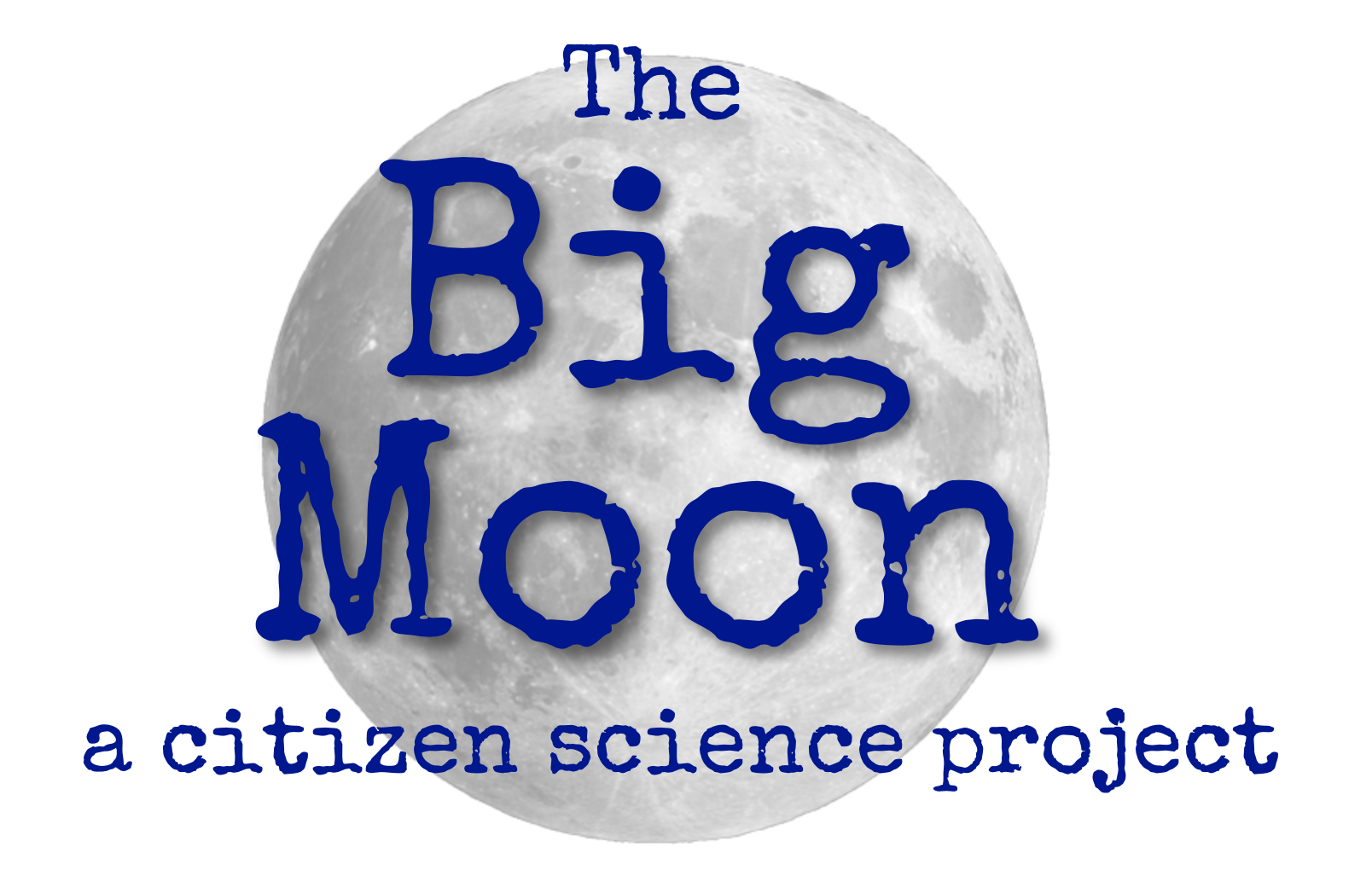
Help provide data for a research project
studying the “Moon Illusion”!
What is the “Moon Illusion”?
Have you ever noticed that when the Moon is close to the horizon it can appear to be much larger than at other times? Amazingly, the moon doesn’t actually change much in size as it moves through the sky! And although you may think this phenomenon is due to atmospheric distortion like “refraction”, think again. If anything, this distortion makes the moon look a little smaller. It turns out that the Moon just looks bigger in your mind, an effect known as the “Moon Illusion”. Prove it to yourself – here’s how to measure it!
What’s going on?
Part of what’s going on may have to do with perceptual cues. Objects can look larger when you feel they’re very far away. Other objects in the foreground, like houses and trees for instance, may make the Moon appear far away from you. Sensing the moon as far away, your mind makes a mental adjustment, giving you the sensation that the moon is very large. When the moon is high overhead in a part of the sky without visual cues, it appears smaller.
Other theories look at how we perceive the expanse of the sky overhead. Overall though, there really isn’t agreement on exactly why we see such a large moon on the horizon, especially at certain times.
How can you help?
Our aim is to collect data from a broad spectrum of people in many different geographic areas and at different times to help us better understand this illusion. Contributing data is easy! Just click on the “Submit Data” button or download a “Data Sheet” to record data for submitting later.
What is Citizen Science?
Citizen science projects are real research projects where the public can contribute data, or help analyze data, allowing scientists to make new discoveries. Here’s where you can learn more!